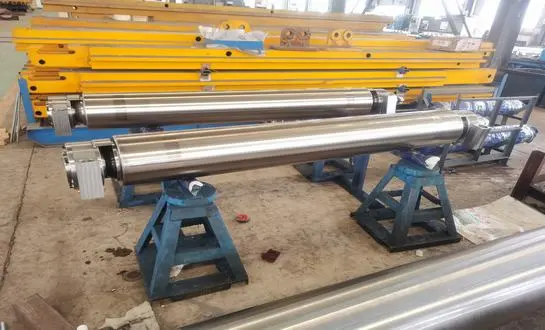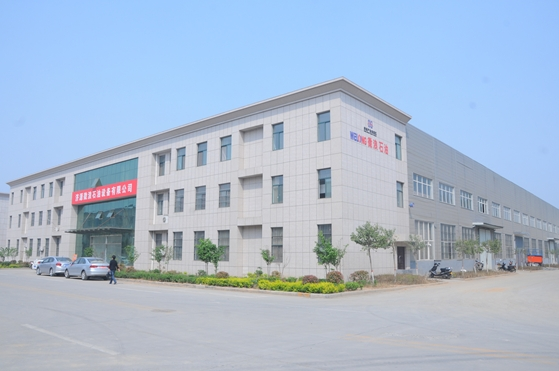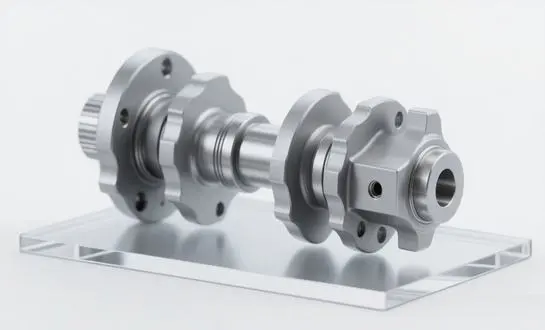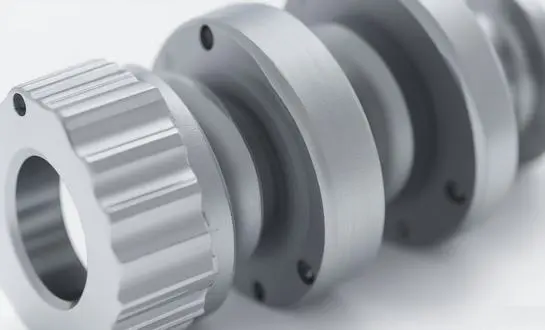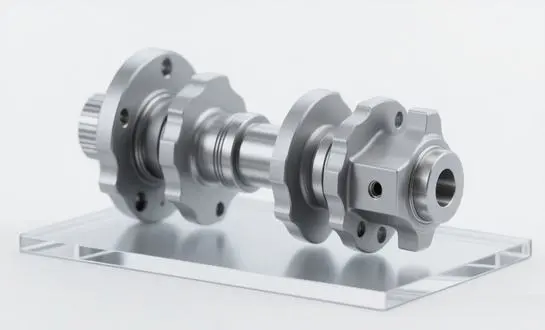Key Materials Used in Quenching Rollers
The effectiveness of a Quenching Roll largely depends on the materials used in its construction. Various materials are employed to create rollers that can withstand the extreme conditions of the quenching process while maintaining their structural integrity and performance.
Ceramic Materials
Ceramic materials are increasingly popular in the manufacturing of the products due to their exceptional properties:
- Alumina (Al2O3): Known for its high hardness and wear resistance
- Zirconia (ZrO2): Offers excellent thermal shock resistance
- Silicon Nitride (Si3N4): Provides superior thermal conductivity and strength
These ceramic materials enable the products to maintain their shape and effectiveness even under extreme temperature fluctuations, making them ideal for high-temperature quenching processes.
Metal Alloys
Metal alloys remain a staple in quenching roller production, offering durability and versatility:
- High-Chrome Steel: Resists wear and corrosion in harsh environments
- Nickel-based Alloys: Exhibit excellent high-temperature strength and oxidation resistance
- Tool Steels: Provide superior hardness and dimensional stability
Metal products are particularly suited for applications requiring high mechanical strength and the ability to withstand repeated thermal cycling.
Composite Materials
Innovative composite materials combine the benefits of different substances to create rollers with enhanced properties:
- Ceramic-Metal Composites (Cermets): Offer a balance of hardness and toughness
- Fiber-Reinforced Polymers: Provide lightweight options with good thermal resistance
- Metal Matrix Composites: Enhance the overall performance and lifespan of the roller
These composite materials allow for the customization of quenching roller properties to meet specific industrial requirements, optimizing the quenching process for various metals and alloys.
Comparing Ceramic vs. Metal Quenching Rollers
When selecting a Quenching Roll for industrial applications, the choice often comes down to ceramic or metal rollers. Each type has its own set of advantages and limitations, making them suitable for different quenching scenarios.
Thermal Properties
Ceramic quenching rollers excel in thermal management:
- Lower thermal conductivity, reducing heat transfer to the roller core
- Superior thermal shock resistance, minimizing the risk of cracking
- Ability to maintain dimensional stability at high temperatures
Metal quenching rollers, on the other hand, offer:
- Higher thermal conductivity, allowing for faster heat dissipation
- Greater thermal mass, which can be advantageous in certain quenching processes
- Excellent thermal fatigue resistance in cyclic temperature environments
Mechanical Strength and Durability
Metal quenching rollers typically demonstrate:
- Higher overall mechanical strength and toughness
- Better resistance to impact and sudden loads
- Longer lifespan in applications involving high mechanical stress
Ceramic Quenching Rolls offer:
- Superior hardness and wear resistance
- Excellent resistance to chemical corrosion
- Lower susceptibility to surface degradation over time
Cost and Maintenance Considerations
When comparing the economic aspects:
- Metal rollers often have a lower initial cost but may require more frequent replacement
- Ceramic rollers typically have a higher upfront cost but offer longer service life and reduced maintenance needs
- The choice between ceramic and metal can significantly impact long-term operational costs
The selection between ceramic and metal quenching rollers ultimately depends on the specific requirements of the quenching process, including the type of metal being treated, production volume, and desired product characteristics.
Selecting the Right Quenching Roller for Your Process
Choosing the appropriate Quenching Roll is crucial for optimizing your industrial quenching process. Several factors must be considered to ensure that the selected roller meets the specific requirements of your operation.
Process Parameters
Key process parameters that influence the product selection include:
- Quenching temperature range
- Cooling rate requirements
- Production speed and volume
- Type and thickness of the metal being quenched
These parameters help determine the thermal and mechanical properties needed in a quenching roller to achieve the desired metallurgical results.
Environmental Factors
Consider the following environmental aspects:
- Presence of corrosive elements or chemicals
- Humidity levels in the production area
- Potential for contamination of the quenched product
These factors can influence the material choice for your product, ensuring longevity and consistent performance in your specific industrial environment.
Maintenance and Operational Efficiency
Evaluate the following operational aspects:
- Frequency of roller replacement or refurbishment
- Ease of installation and removal
- Compatibility with existing equipment
- Impact on overall production efficiency
Selecting a quenching roller that aligns with your maintenance capabilities and operational goals can significantly enhance the efficiency and cost-effectiveness of your quenching process.
Custom Solutions
In some cases, standard the products may not meet all the requirements of a specialized quenching process. Consider exploring custom-designed products that can be tailored to your specific needs, potentially offering:
- Unique material compositions or coatings
- Specialized surface treatments or patterns
- Innovative cooling channel designs
Custom solutions can provide optimized performance and longevity, particularly for challenging or unique quenching applications.
Conclusion
In conclusion, the selection of the right industrial water quenching roller is a critical decision that can significantly impact the quality of your products and the efficiency of your manufacturing process. By carefully considering the types of the products available, their material compositions, and the specific requirements of your application, you can make an informed choice that enhances your production capabilities. For expert guidance on selecting the ideal Quenching Roll for your industrial needs, don't hesitate to reach out to industry specialists. You can contact us at oiltools15@welongpost.com for personalized assistance and solutions tailored to your unique quenching requirements.
